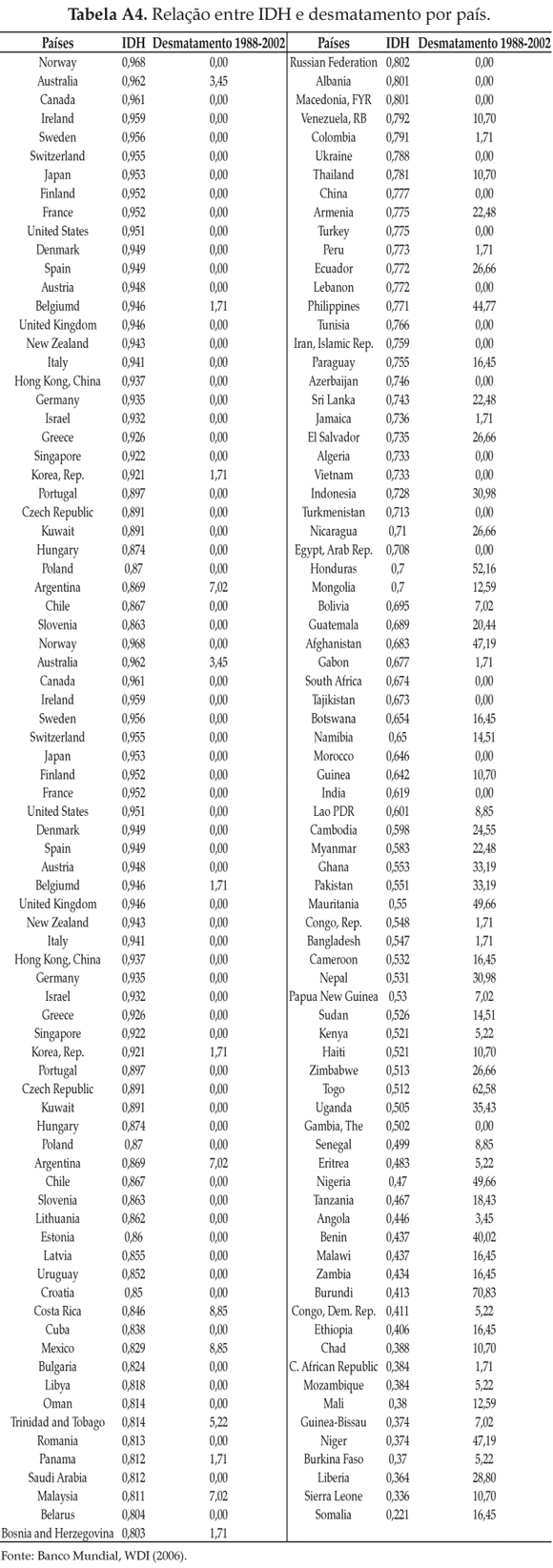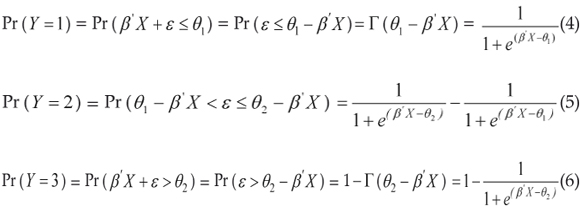This paper aims to contribute to the environment literature by providing some answers to the worldwide researchers' agenda concerning the deforestation in the Brazilian Amazon, whose average rate in recent years is over 20.000 km² per year. The main purpose is to test the effectiveness of surveillance action of public entities, as well as the effects of socioeconomic factors on the deforestation of the Amazon region. Initially, the deforestation of 749 municipalities of Legal Amazon is compared with 130 selected countries along the period 1988-2002. Ipeadata, IBGE and Inpe supplied the information on the political-social-economic and environmental characteristics of the municipalities. Based upon three orderly levels of deforestation with world observations provided by World Development Indicators - WDI (2006) of the World Bank, the application of a discrete choice ordered multinomial model allowed to infer the following conclusions: the presence of an environmental government representation in the municipalities is effective to reduce the deforestation rate in the Amazon region turning it comparable to the average of developed countries. Likewise, increasing education level, reducing income inequality and executing regulation laws to delimit the expansion of the agriculture and cattle ranching border are actions equally relevant to lower the deforestation of the region.
Deforestation in Brazilian; Amazon; worldwide deforestation; economic development















